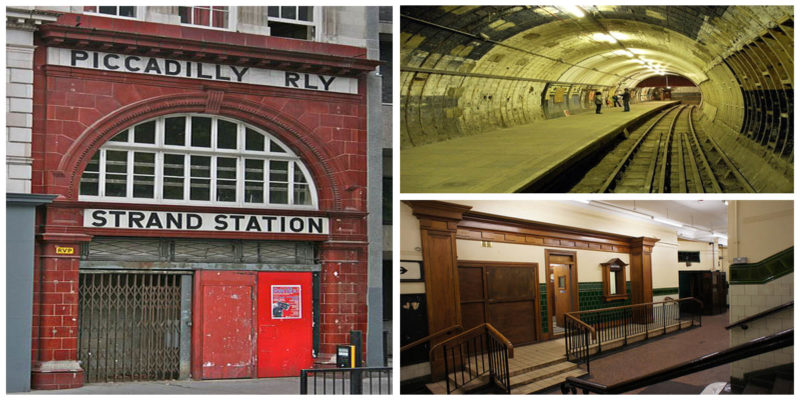Today it remains as a ghost station located in the City of Westminster in Central London. It offered its services for the first time in 1907. The original name given to this tube station when it opened was Strand after the street on which it is located. Back in its days, it served as a terminus of the short Piccadilly line branch that begins at Holborn.
It was the Great Northern and Strand Railway (GN&SR) that first made a proposal for a station in the Strand area after a private bill was presented to Parliament in November 1898. The purpose of this station was to serve as the southern terminus of an underground railway that would stretch from Wood Green station (now called Alexandra Palace) via Finsbury Park and King’s Cross.
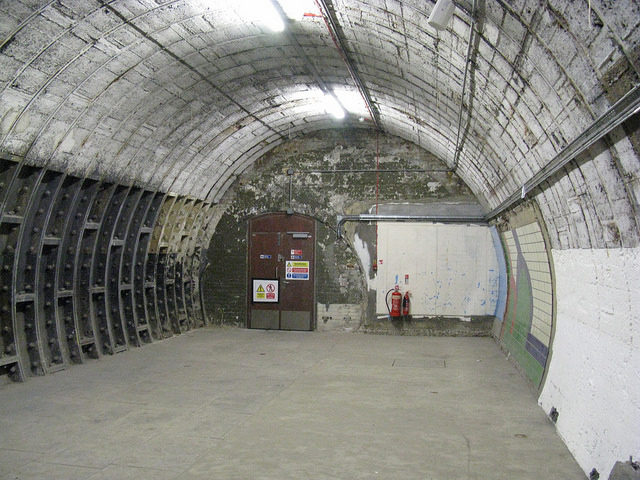
It was originally planned for the station to be located at the corner of Stanhope Street and Holles Street, just north of the Strand. But when these two streets were scheduled for demolition as part of London County Council’s plans for the construction of Kingsway and Aldwych, GN&SR changed its mind.
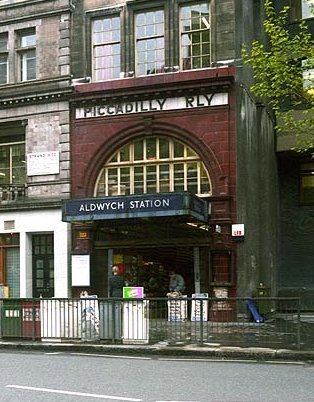
They moved the tube’s location to the junction of the two new roads. Some years later on 1901, GN&SR became acquired by Brompton and Piccadilly Circus Railway (B&PCR). They expanded plans for development to include building a new underground line that would stretch from South Kensington to Piccadilly, via Knightsbridge. This linking of the GN&SR and B&PCR routes meant that the section of the GN&SR south of Holborn would become a branch of the main route.
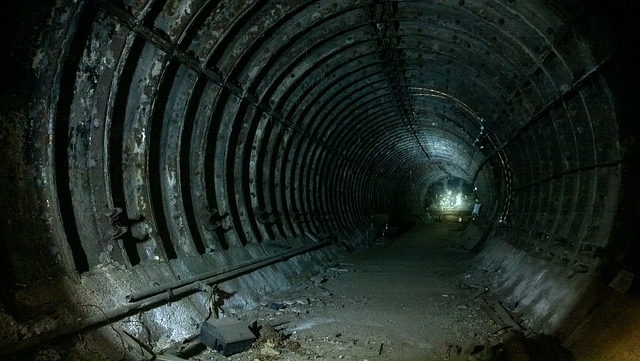
Construction began in July 1902 and swift progress meant that a large part of the tube was completed by the fall of 1906. The construction of the section from Holborn to Strand was delayed due to the construction of the Kingsway and the tramway subway carried out by the London County Council.
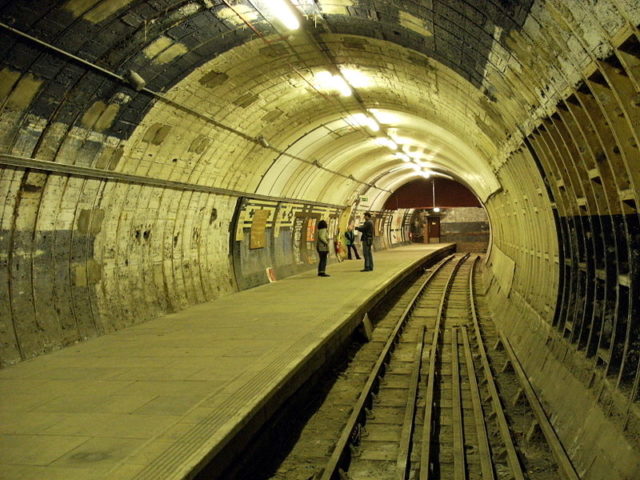
And so the construction of the Strand station began on 21 October 1905 on the site of the old Royal Strand Theatre, itself closed on 13 May 1905 and demolished. The design belongs to Underground Electric Railways Company of London (UERL) architect Leslie Green. The style was the traditional UERL house style of a two-storey steel-framed building with a façade made of red glazed terracotta blocks.
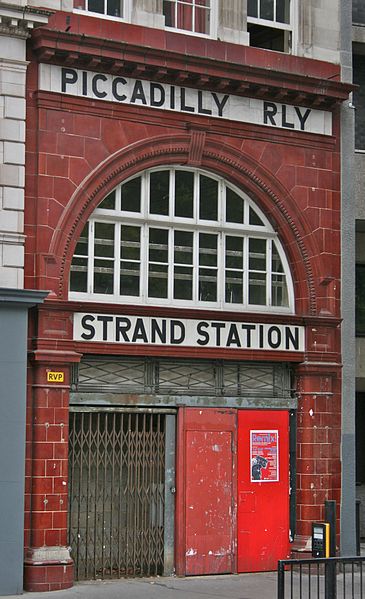
It had wide semi-circular windows that were placed on the upper floor. The building itself is L-shaped which means that it had two façades separated by the building on the corner of Strand and Surrey Street.
The façade on the corner of Strand had a single semi-circular window above the entrance. The façade on the Surrey Street had a separate entrance and exit and a shop unit. Due to the anticipation of the extension to Waterloo and City route, the station itself was built with three circular lift shafts that were able to accommodate six trapezium-shaped lifts.
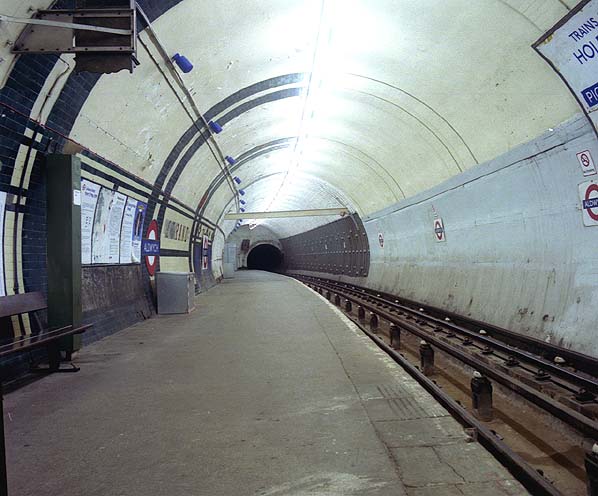
One of the shafts was remodeled so that it could fit two lifts. The rest of the elevator shafts rose from the basement of the station with the possibility to be extended upwards into the shop if the and when an opportunity presented.
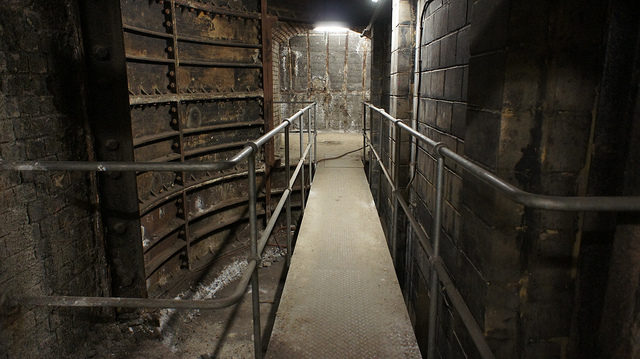
There was even a smaller diameter shaft that was to serve as an emergency spiral stair, leading up to street level from the platforms 28 meters (92 feet) below. Once done the Strand Tube Station was opened on 30 November 1907.
Aldwych was one of a number of stations that were closed during the Second World War to be put to use as air raid shelters, and treasures from the British Museum were stored down here until the station was reopened in 1946.
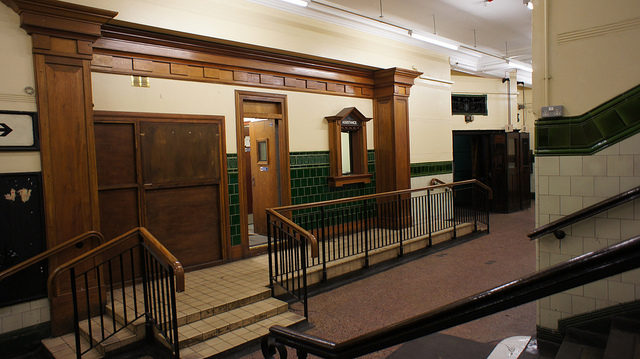
Sadly Aldwych was not a popular station for passengers to alight. In 1958, due to low passenger numbers, the station and branch were considered for closure. Aldwych escaped closure at that time, but services were offered only during weekday peak hours. The station was finally closed in 1993.
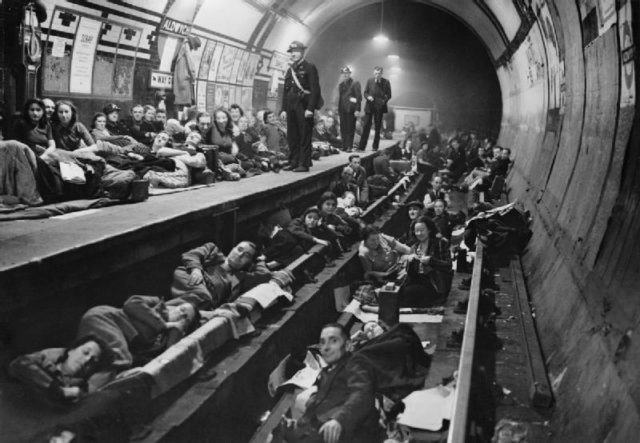
The derelict station has proved to be the perfect location for filming. Movie blockbusters such as V for Vendetta, The Good Shepherd, 28 Weeks Later and Sherlock was filmed here.
